“Artists who decided to stay in Kharkiv are not afraid; they are not fleeing to other cities in Ukraine. There is so much appetite to understand who we actually are.”
In the autumn of 2024, Dutch photographer and independent curator Christian van der Kooy travelled to Kharkiv, a Ukrainian city just 40 kilometers from the russian border.
Christian went there with a clear mission: to explore how culture survives and thrives amid full-scale war. Despite facing daily shelling, Kharkiv continues to live and create. During his trip, he met with emerging and established artists, curators, and cultural workers, and captured the spirit of this frontline city through his lens.
I spoke with Christian shortly after his return in November 2024. We talked about his impressions of Kharkiv, the people he met, and how he envisions shaping this experience into an art project. Since early 2025, Christian has also become part of VATAHA, joining our Advisory Board alongside Lisa Weeda.
DL: Hi, Christian! It is good to have you in this conversation. Please tell us more about your time in Kharkiv and why you decided to travel there.
CvdK: Through my dear friend, I connected with Mahran Tata, the founder of the Tvorche Nezhit gallery in Kharkiv, who provided me with contacts for interviewees. I was very strict with my approach and focused primarily on people who decided to stay in Kharkiv throughout the war, each for their own distinct but clear reasons. I talked to 27 diverse practitioners, including museum directors, theater and creative directors, artists, photographers, archeologists, and restorers working with old icons and oil paintings. The whole time in Kharkiv was incredible, I think I have never met such deep-seated people in my life. I am also aware how subjective my approach is: I was there for a month, and what can I do in just a month? I will never claim to show a complete overview of cultural life in Kharkiv, but my intention was to really capture the energy of what is going on. For example, I talked to an archeology professor who still goes out in the field to dig up the skills and plates from centuries ago. Meanwhile, the creative director of the NAFTA theater continues to work with youth and sustain the net of independent theaters in Kharkiv.
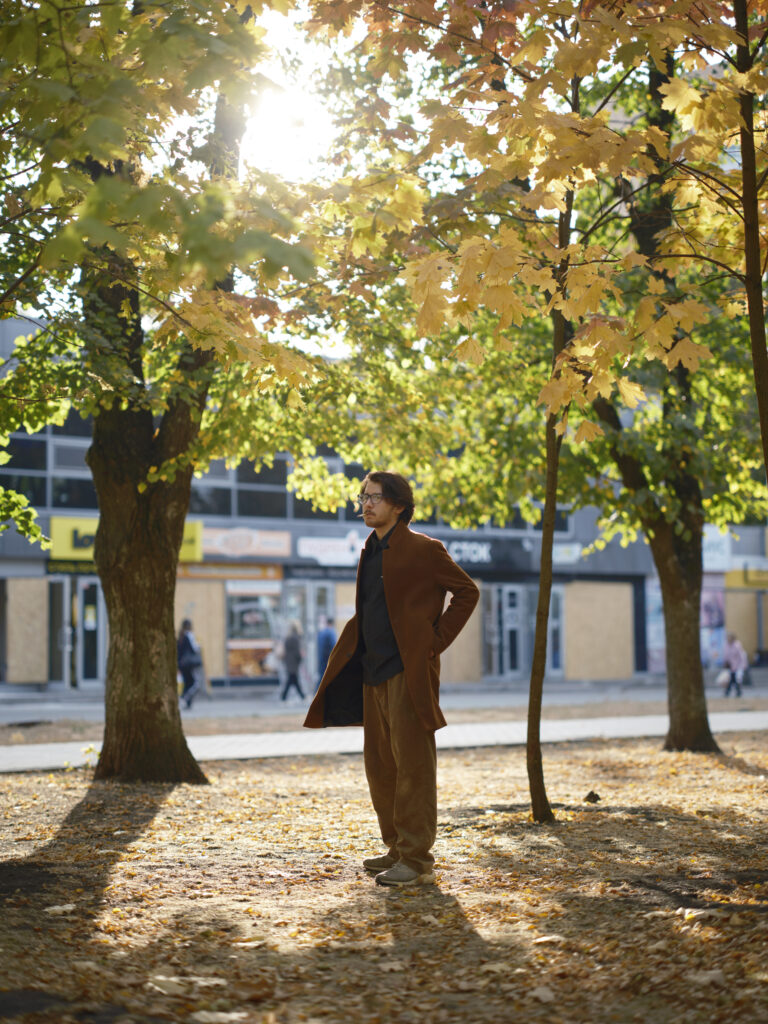
DL: What was your impression of Kharkiv and its community after living there for a month?
CvdK: It was my first time there and I found it difficult. The first week, I did not feel the love at all, but after the first week, the city began to appeal to me. Some artists in Kyiv previously said that Kharkiv is like Dante’s Inferno. It is all the circles of hell: nobody talks to each other, and all the different generations do not mix.
But in my experience, it was not true. The only difficulty – which is not unique to Kharkiv – is that young people have few opportunities to exhibit their work. At the same time, everyone knows each other there – it is a small, complicated world. It is a cliché, but it is true. People are so open, and many things are changing now in a profoundly interesting way. People are hungry for the knowledge of different generations. And for me, this was a very different feeling. Kyiv is not like that, in my opinion, it is much less clear-cut.
DL: What emotions came up during your interviews?
Interestingly, people who decided to stay are not afraid; they are not going to other cities in Ukraine and are very focused on Kharkiv. There is so much appetite to understand who we actually are. I spoke to an architect, who moved during the full-scale war to one of these one floor brick Tsarist buildings which have six families living together. These buildings are sometimes shattered due to the bombings. But his idea was to say, “This war is part of our history, and we need to understand it.” So, how can you do that? Move there and live there with his family for some time while reconstructing them.
One of my questions was about hope, and most people said that they do not use this word. It does not exist in their vocabulary anymore because they just live optimistically day by day. That is it. By giving up hope you end the hopelessness. They just need to get through this, and understand there is no turning back. Most of the time, I was quite speechless at all the answers. How strong these particular people are. I love Ukrainians that can smile in trouble, that can gather strength from distress, and grow brave by reflection.
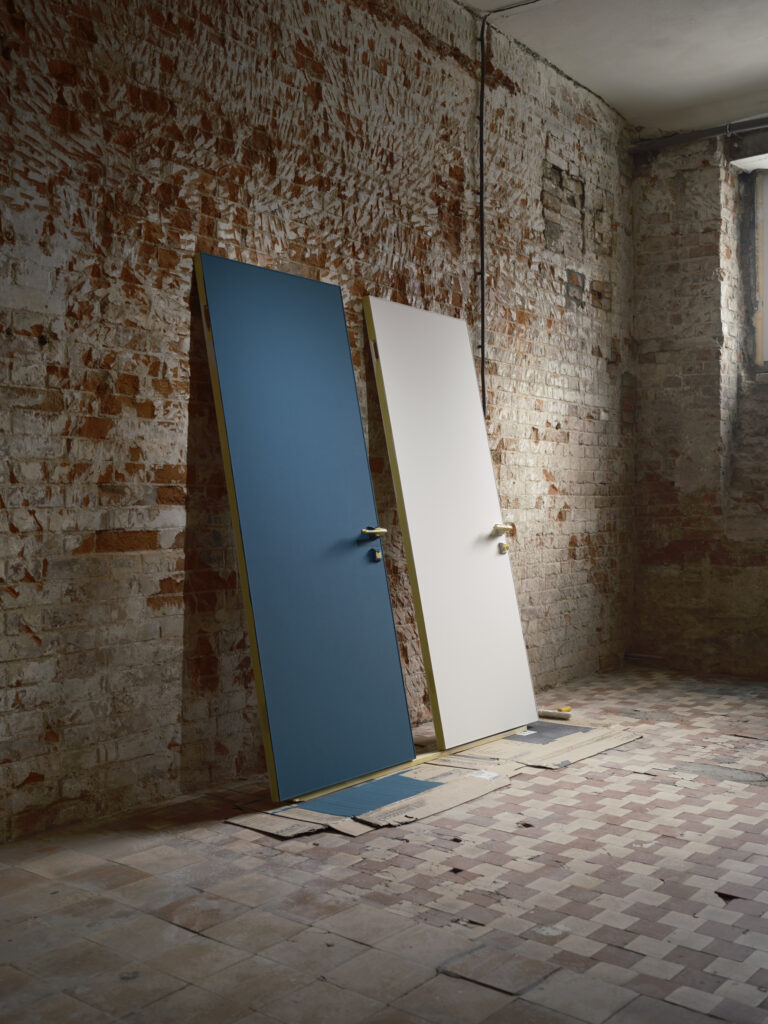
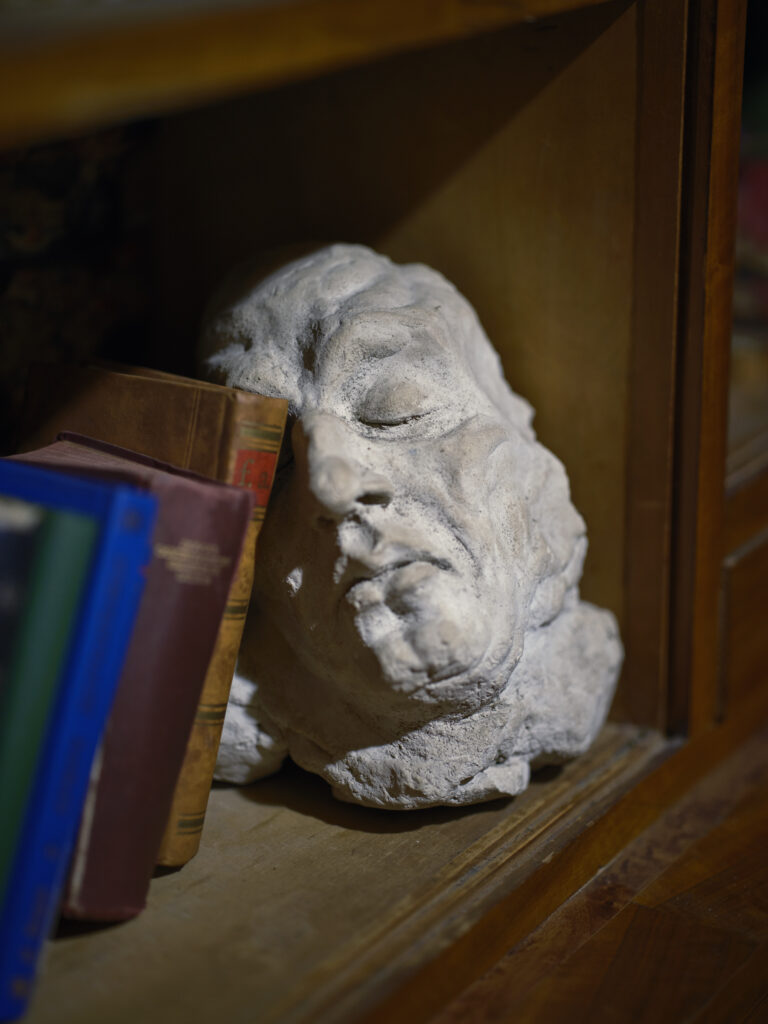
DL: It’s so admirable how people accept and live with reality. I often read some texts by Ukrainian artists who often say they do not have hope because they feel as if they do not have enough time – young artists join the army, their friends and family being killed in bombings. It is a horrible feeling to have as a 20-year-old young person just beginning your life.
CvdK: On the other hand, all these people told me that one way to resist it is to reach out to each other. So, for instance, instead of staying at home, watching a movie by yourself or doing nothing contemplating, they go for coffee, take a walk, or sometimes even attend an afternoon party. I also experienced this feeling myself. I rented a very simple place for myself, with a gas stove in case the electricity didn’t work and I couldn’t cook. However, it was in a neighborhood where many houses were quite damaged, and the window glass was all broken.
So I thought, is this a safe neighborhood? But later I realized that in Kharkiv, there is no safe neighborhood. I felt scared and lonely in the sense that when you are with people in a group, you can actually forget about your fears. I ended up spending a lot of time at another house, sometimes sleeping over and then, of course, coming back to my place. But I had never experienced this togetherness before.
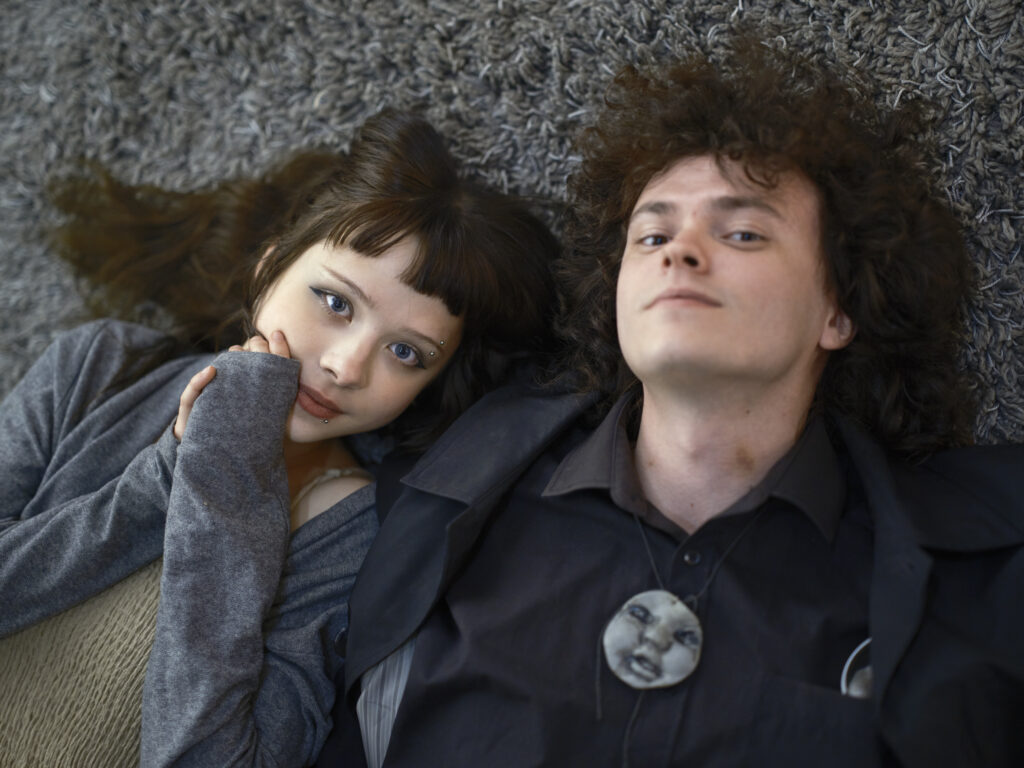
DL: Speaking of artistic practices, have you observed any change in how artists and creatives in Kharkiv approach their work and practice?
CvdK: I think most of the artists now understand that they need to create regardless and communicate it to the world. I think it also remains community-based and horizontal. For example, they share everything: Do you have a camera to borrow? Do you have speakers? Do you have a beamer? One of the artists I interviewed shared that he will have a big exhibition in Stockholm, and when they asked him about the expected fee, he said, “You can transfer 1 million euros directly to this Ukrainian account to get weapons.”
They thought it was a joke, but he said that we need a lot of money to win this war. So, people are aware that they all need to exhibit and bring forward their works much more and stop being victims. They really have something to tell us from the heart. And I think this is the biggest difference with the beginning of the full-scale war, when people thought, “Wow, Ukraine has a very interesting artistic scene, they make such powerful work.” Yes, of course – but now everybody understands this, and they need to receive credit for that because they need money to win.
Some mentioned that many Ukrainians screwed up in Western Europe by organizing many badly curated exhibitions. Because if they had realized that the war would last so long, they would have curated them differently by reframing and asking for more explicit feedback, commitment from the local communities and means. Thus, some are angry about missed opportunities. But, on the other hand, this is how it probably probably works under threat.
DL: I think another issue is that most of these exhibitions should have been done a long time ago, not just in 2022.
CvdK: Exactly. Most of them were done to fight the russian narrative. And I understand that this is the most difficult thing to do. But the change now has to come from a strong Ukrainian position. Ukraine is not the underdog per se. Ukrainian artists really have something meaningful to bring to the table, and this is the biggest difference in the mentality from two years ago. Of course, to change this narrative, you need a very long time, and an independent forward thinking which welcomes and gives space to diverse ideas sustained through artistic practice.
DL: After this trip, has your perception of Ukrainian arts and culture changed or evolved?
CvdK: Yes, it did. But I think mostly because of a change in my working approach. Since December 2023, I have started to work much more as a curator rather than an artist. My scope became much different, so when I talked to people in Kharkiv, I felt like a curator first. At the same time, I really wanted to capture this feeling with my lens. But the biggest change came with shifting responsibility – I started to collaborate with many different artists at once. Normally, I communicated with the people I would photograph and listen to their monologues, just regular people on the street. But artists have their own stories, practices, works, and visions. We started a dialogue which really enriched my thinking, and is ongoing.
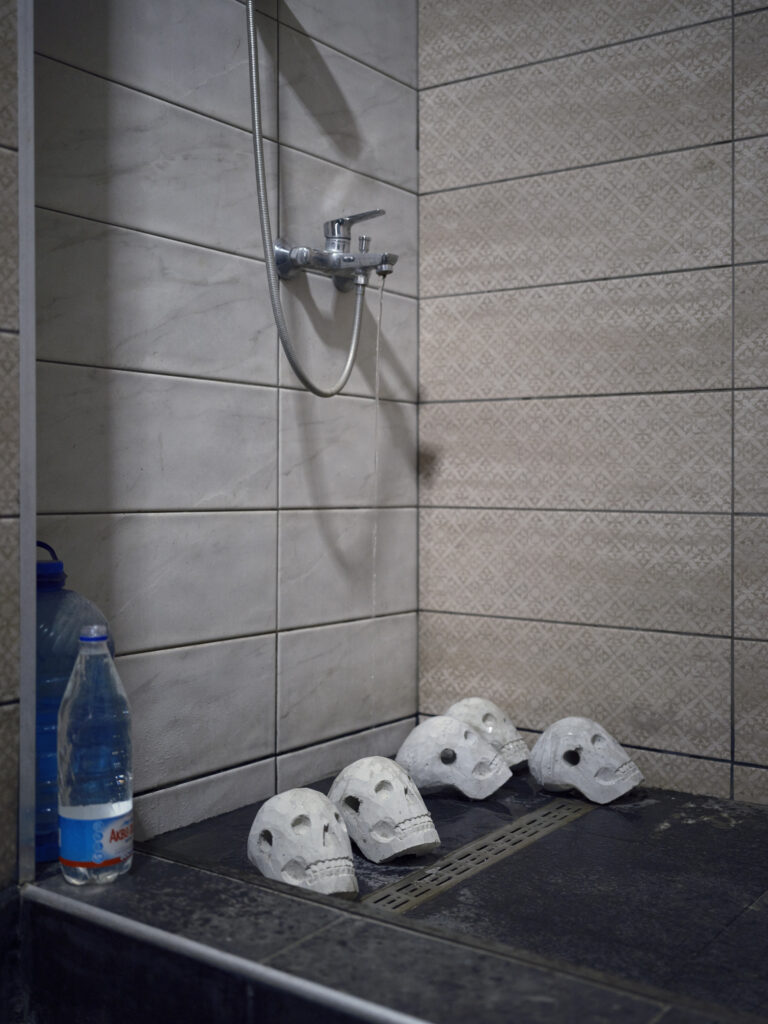
DL: Even though you shifted more to curatorship, were you still taking photographs in Kharkiv?
CvdK: Yes. But because it gets darker sooner in the east, the light switches off, and there is an evening curfew, and I wanted to talk to all these people. So, I was up early, one or two interviews a day with Mahran, and in between just walking and photographing. It was difficult to photograph on the street.
DL: Why?
CvdK: Some older people would literally curse me, foaming at the mouth. Some would call the police, thinking I am a spy. I got arrested a lot. They were asking me questions like ‘Who are you?’ or ‘What are you doing here?’
I completely understand them. But it was difficult to explain to these people what I was doing. I felt disappointed sometimes because these older generations are really holding back Ukraine. That is a very deep feeling I have. They are just cynical and conservative, and they do not see something good is for grabs, it’s around the corner. But also, nobody explains it to them. They supposedly do not have this information, so they react to me with distrust.
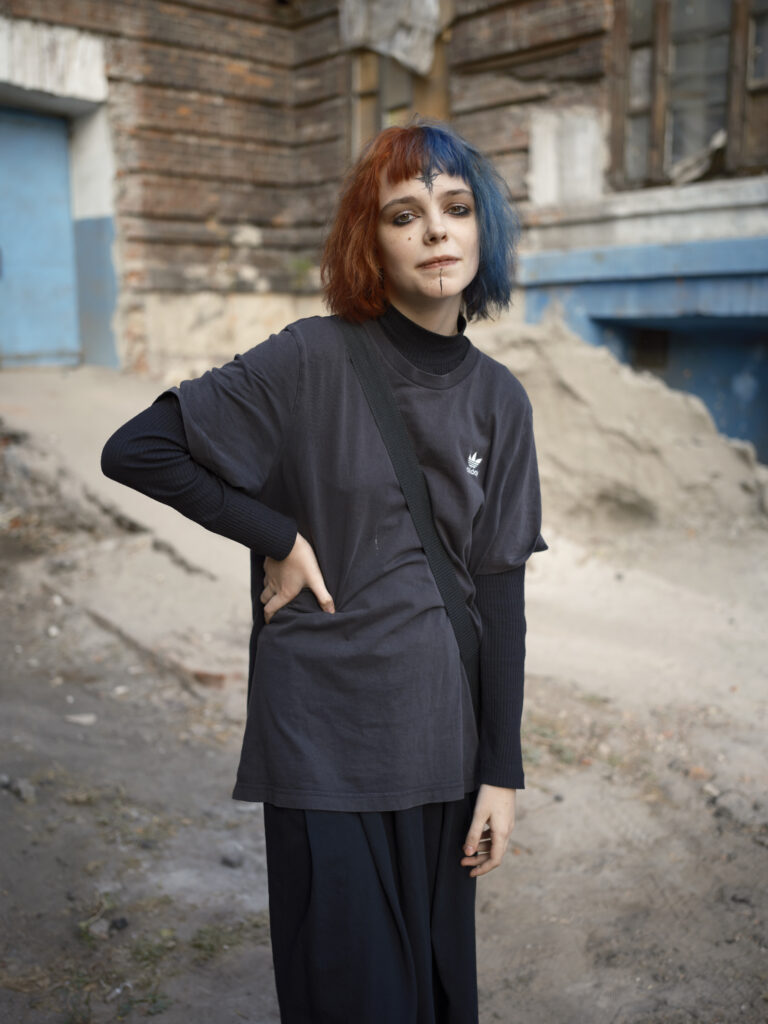
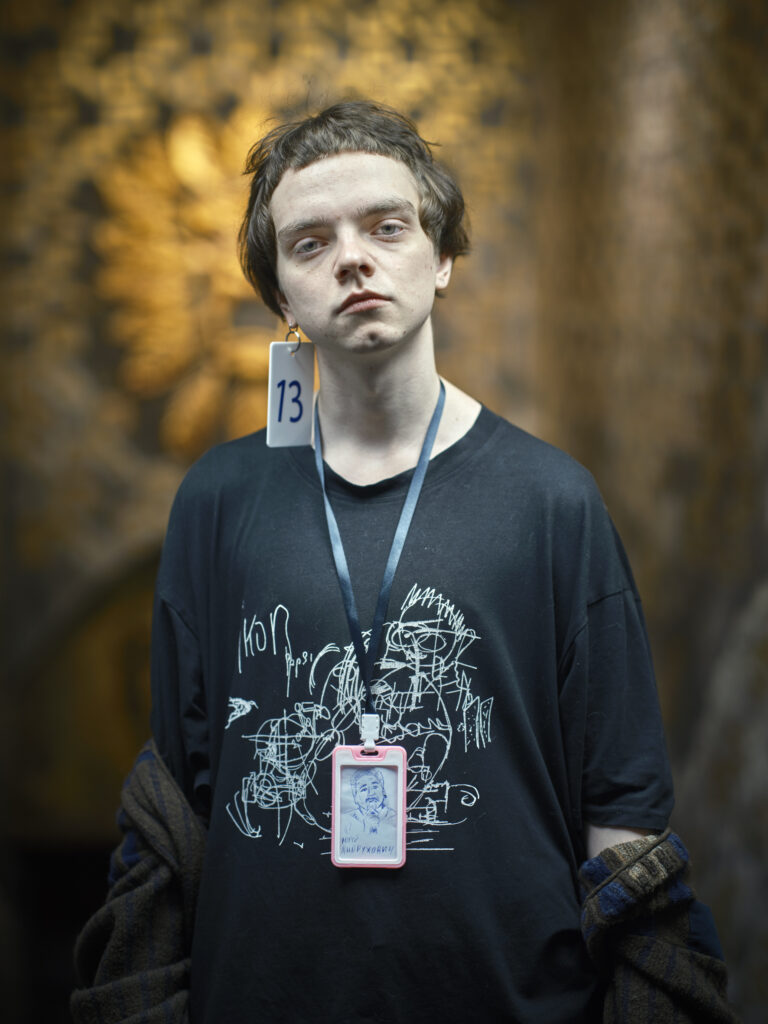
DL: Do you think the atmosphere in Kharkiv and you living there for a month affected your practice as a photographer?
CvdK: I became a bit more like an animal, trusting my instincts. I walked a lot without GPS, as it does not really work there. So, you walk around, you listen, you smell and you just have a very different way of looking. My rule is always that if I doubt photographing something, I need to photograph it anyway. In photography, it is always a fight against yourself because you cannot photograph everything. You need to frame this feeling that you are having at the moment. And that is the most difficult thing.
Also, you cannot explain to 50 or 60-year-old people in Kharkiv what you are doing in all its meaningful context and why you want to photograph this specific corner of the building. I understand – they probably think I wanted to direct a bomb on this building, why else would I make a picture of it? But for me, that corner reminded me of the Vyshyvanka pattern, and I saw how it can connect certain pages in my book. But I cannot explain this to people on the street. So, you have to be more animal-like, sneaking in and out of the light at the right moment.
But also, it is about energy. I am not a journalist but an artist and photography is very limited because everything has already been addressed through photography. In my belief, it is really about the quest of making an edited story. And that is why I want to use text also to really raise questions and to show the depths of a theme or of a time frame.
DL: This is a very interesting insight into your experience. But also, of course, I understand that when you are in such an environment, it takes time to adjust.
CvdK: Yes, I have been to Ukraine many times and I understand a lot of Ukrainian. However, photography still interferes with somebody’s life or setting. I am aware of the fact that I am an intruder. So, it takes all the intuition to not screw it up. I want to get a good picture, but I also want to respect everybody because I always want to be able to come back. I want to establish real relationships, if possible, and work more closely with these people in the future.
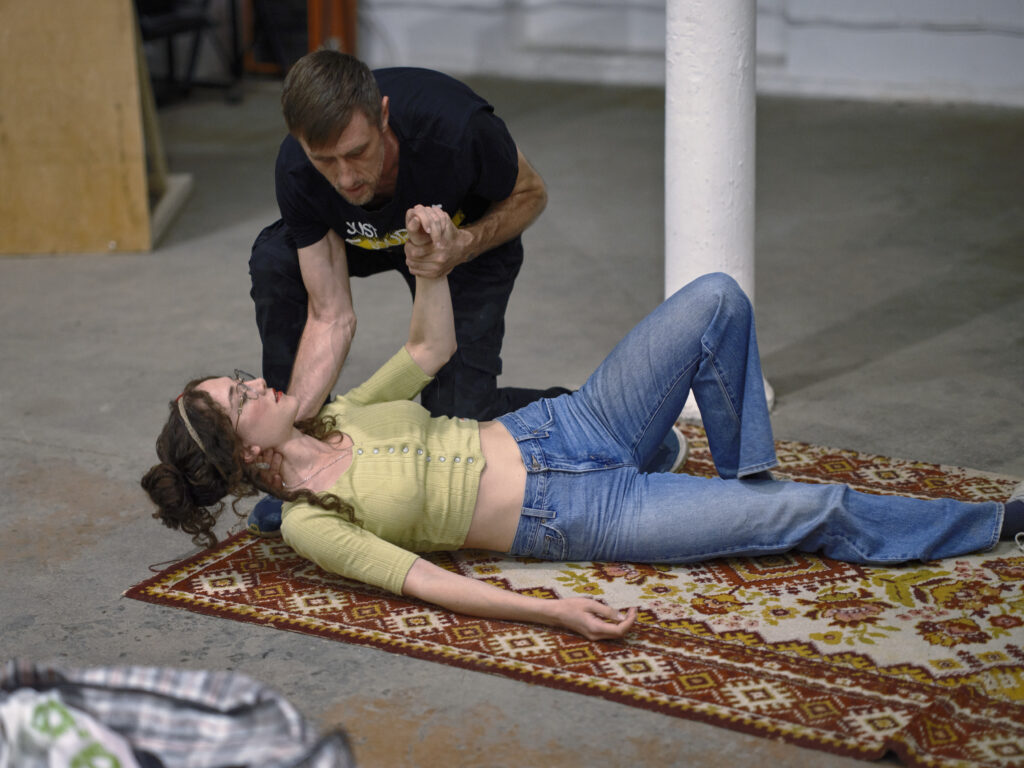
DL: What do you want to achieve with this project in the end?
CvdK: My ambition is to make a book. But I am trying to be realistic because I know how difficult it is conceptually and financially, and it takes an average of 2 years to complete. However, my ambition goes a bit further as I want to curate a group exhibition in the Netherlands and, perhaps, combine it with the book launch, inviting some of the artists I interviewed to exhibit together and, for example, NAFTA to perform one of their plays. I still do not have a concrete program where and how it would happen, but this is my grand goal. This is also something I told people when I spoke to them.
While Kharkiv is one of the most interesting cultural cities in Ukraine, it is not nearly enough. I would like to continue the project by visiting other cities close to the frontline, such as Dnipro and Zaporizhzhia. The reason is the insanity of the continuously shifting front line – most Western Europeans still do not understand how mentally and physically challenging this is and how deep the marks are. So, I am planning to go there again this coming year because I understand that daily life in Ukraine, with the war dragging on, changes so quickly. Dreaming of the future has stalled, but life keeps flowing and moves unexpectedly. The perception of being an artist in Kharkiv is now very different from one or two years ago. Thus, if I wait too long, it will be very strange to transcribe all these interviews and show them to people because Kharkiv has already moved on.
DL: With this project, what message do you want to communicate to a Dutch and international audience in the Dutch context?
CvdK: As naïve and stupid as it sounds, to educate people through storytelling. In my opinion, a well-made book is an artwork that can immerse the reader into a culture, a society; to share a multi-layered narrative about grief, creation, and the magic of imagination.
But if you ask about my inner force that drives me, it is the fact that russo-Ukrainian war blindsided the Dutch, who had previously taken for granted their comfortable lives. I have said it before, it is already a third world war, being fought on the territory of Ukraine. People do not use this word lightly, but now with fascism gaslighting all around us, restricting the freedom we gained, it’s time to define and redefine the values and obligations inherent in every individual’s life. Ukraine is collectively fighting for this value that makes all other values possible. The world will remember this war not through reportage but through art.
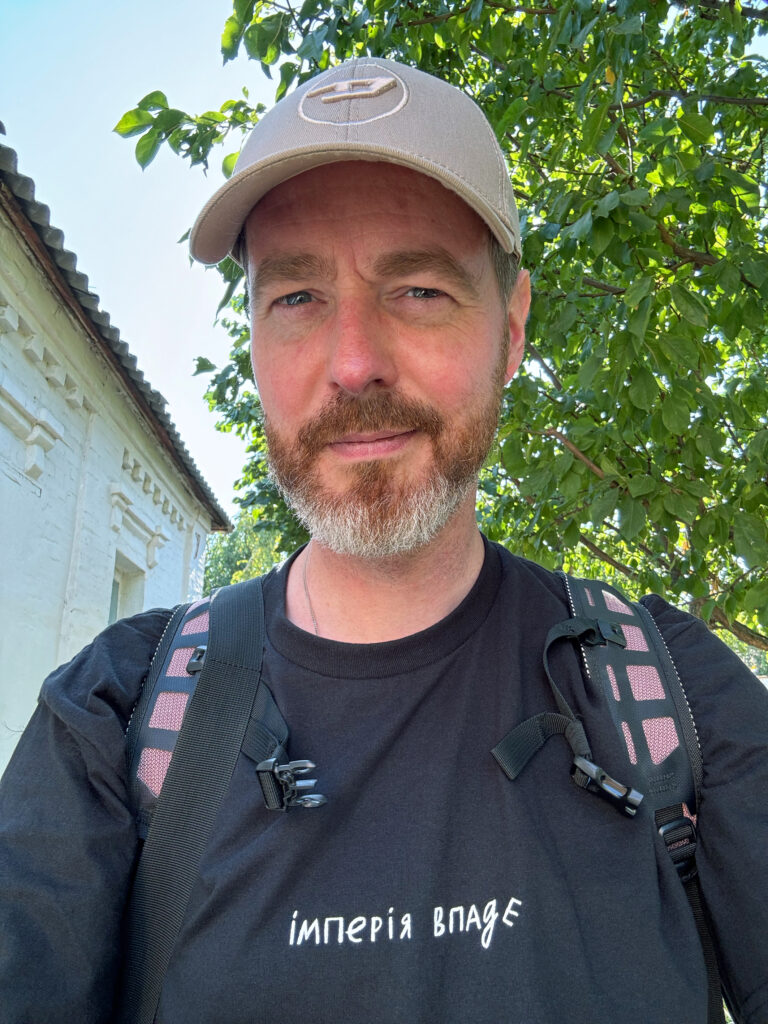
Christian van der Kooy (b. 1983) is a Dutch visual artist and curator. His work consists of commissions for (landscape) architects and long-term projects that investigate the concept of public space. The keynote in his process is to consider notions of identity and belonging, by depicting the poetry of everyday life. In his projects he explores the imagination through questioning our collective relationship with the land. Sense of place forms the essence of his narrative constructs. He is particularly interested in the interaction of people with the landscape; spaces of coexistence where a personal history generates cultural and social transformations.